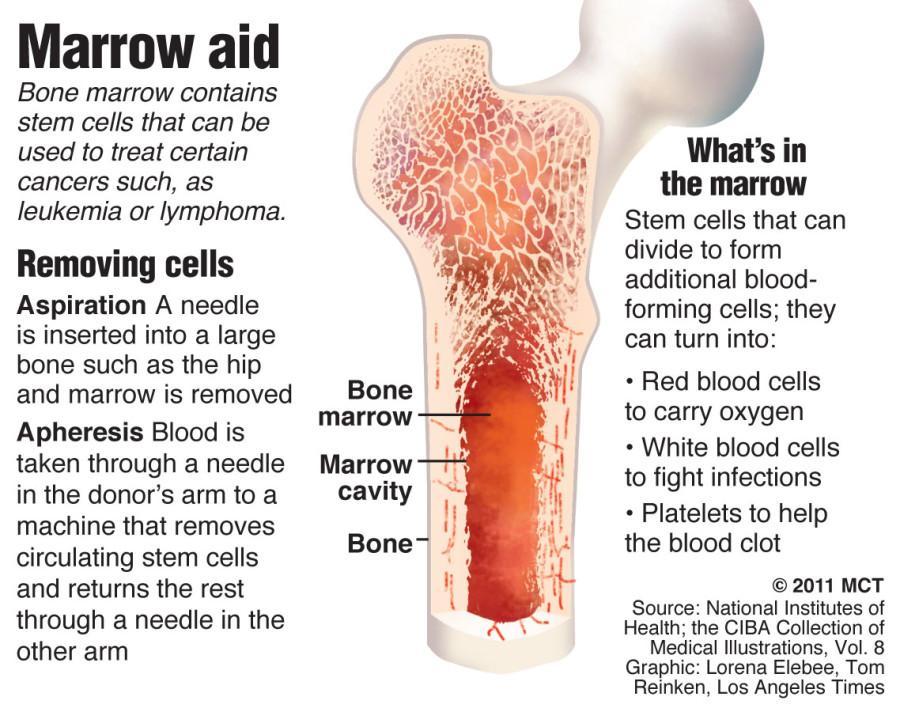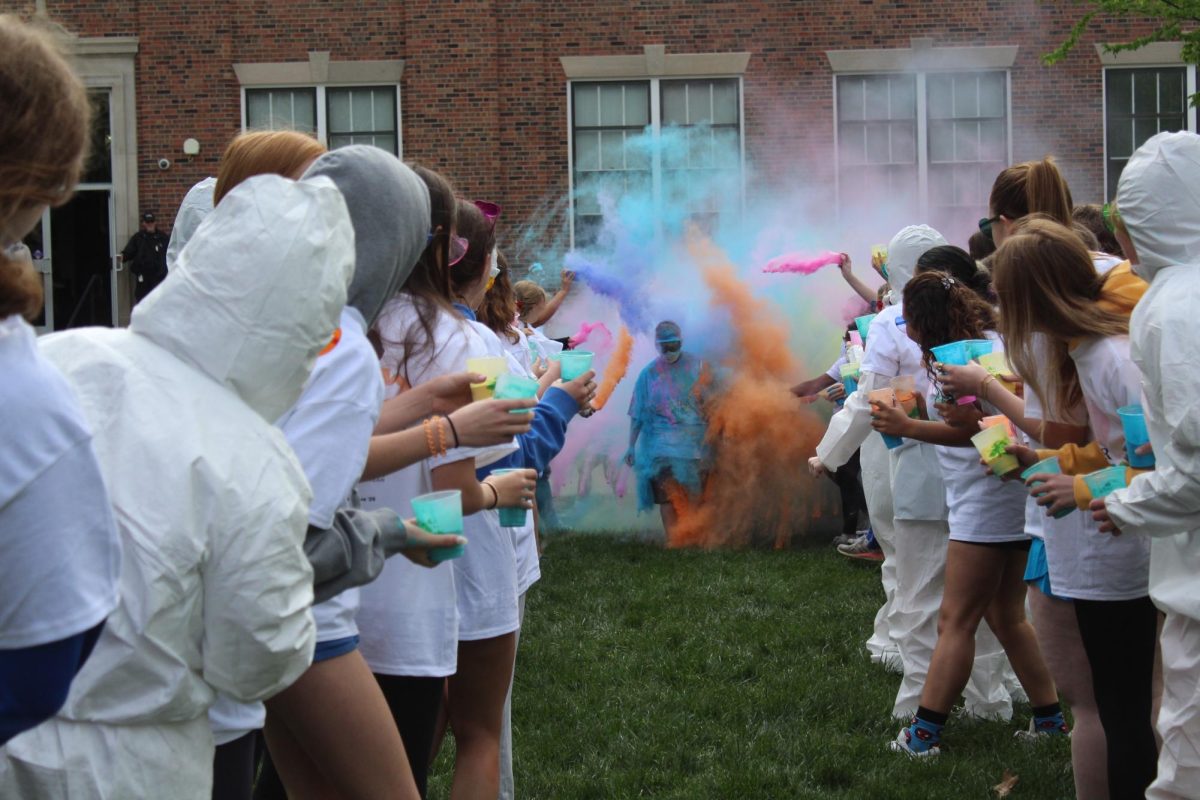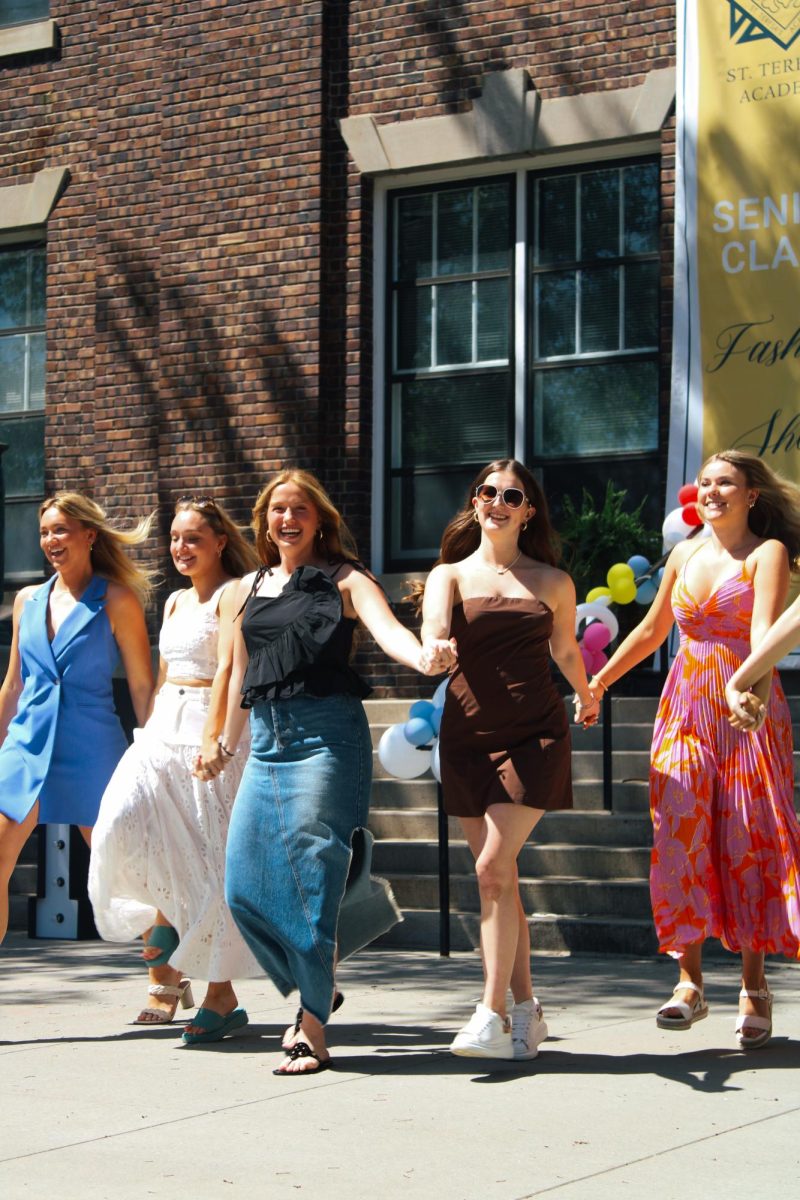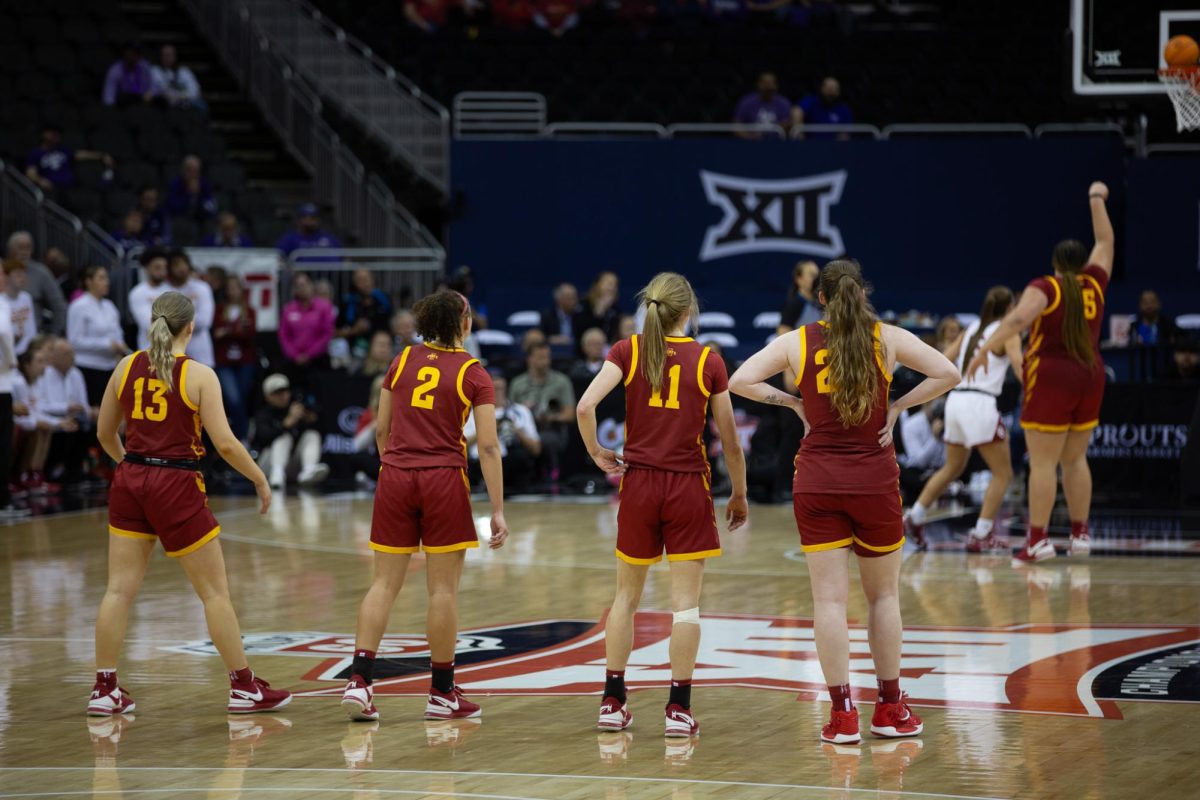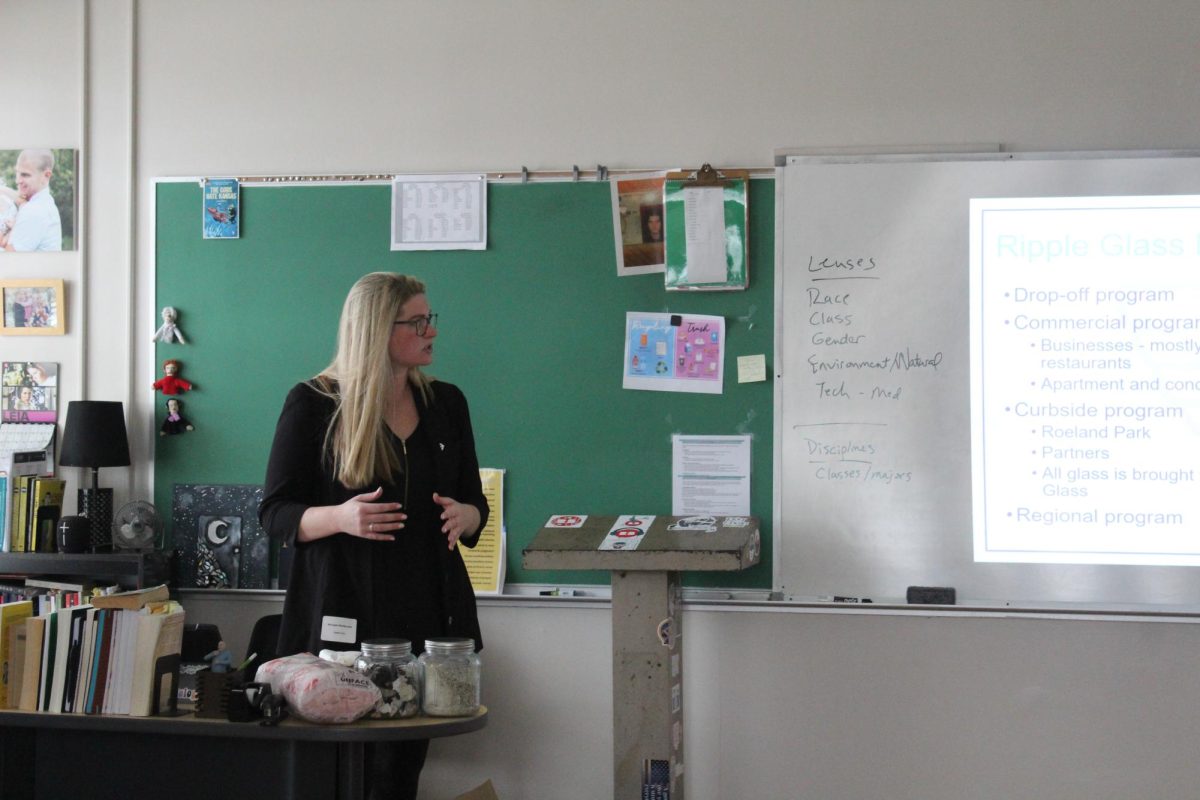by Madeline Best
This spring, STA hosted the first school-wide bone marrow registry where students eighteen years of age and teachers could sign up to be put on the national bone marrow registry. The registry proved successful with 85 participants signing up. The registry was organized by science teacher Mary Montag, senior Sarah Kane, and senior Natalie Winterman. Although, many students still wonder, what exactly does giving bone marrow mean?
Unlike donating blood, which can be used by a vast majority of people soon after the time of the donation, giving bone marrow is a much more complex process. Instead of having a matching blood type, bone marrow donors are matched up with patients through a DNA test. People suffering from illnesses such as leukemia, lymphoma, or other blood diseases are the receivers of these donations. Registry drives commonly take place at schools, churches and businesses throughout the country. People can be part of the registry from ages 18 to 61.
At a drive, a donor will fill out paperwork to determine if they are an acceptable candidate and information on how to contact them, keeping in mind they might not be called to donate for years. After filling out paperwork, each side of the donors mouth is swabbed for about ten seconds with a cotton swab. The cotton swabs will then be sent to the national bone marrow donation headquarters in New York City. After reaching New York, the DNA will be sent on to Switzerland, the international bone marrow donation headquarters. Because so many people across the world register to be possible donors, the chances of ever being called to donate are extremely slim.
If you are called to donate, the process will begin by receiving a few injections from your local doctor’s office or hospital in the days prior to your donation. According to STA science teacher Mary Montag, 85% of the time when you are called to donate, the process will be very similar to giving blood. Blood will be drawn from your arm and the marrow will be extracted. The filtered blood will then be put back into your body. Although, in certain cases, the bone marrow must be extracted from your pelvic bone.
“For some people, they really want to get the bone marrow and where bone marrow is most concentrated is in our pelvic bones. In that case, it’s still an outpatient procedure and you would go to a facility and would probably be put under general anesthesia. They use a procedure where they physically go in and remove [the marrow] using a syringe. It was described to me as like having fallen on the ice and you have kind of a deep bruise. You do not feel it when it happens and you can go back to work the next day and you have a sore spot for about a week,” Montag said.
The STA science department plans on continuing the bone marrow registry next year and into the future. Registering to become a donor is something that could help to save the life of someone suffering from an illness.
“It’s really great to have the opportunity to help save a life. I know for me it is very easy to only be thinking of myself because of all the new challenges coming up in my life. But a chance to bring the drive to STA really grounds me and makes me want to be selfless and give something so easy,” Kane said.



